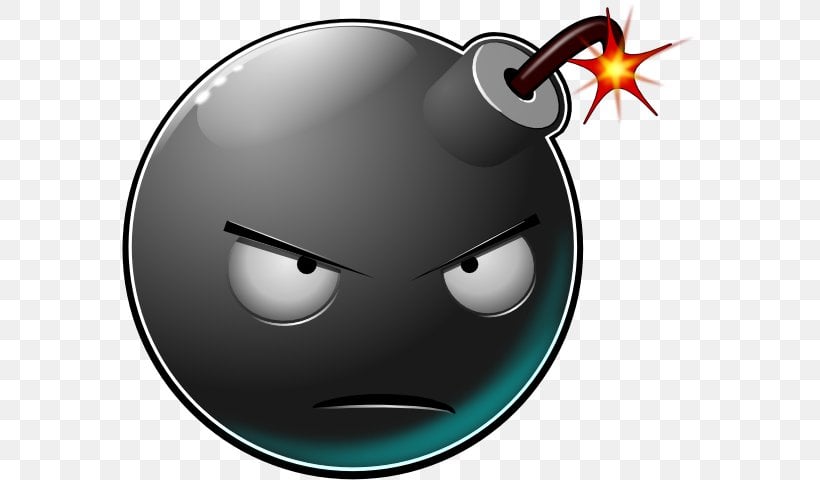I think that this video has helped me develop some insight on how to spot high-masking autism, not just among women. I found a lot of the material covered in the video relatable even though I am male. Maybe that has something to do with our elevated rejection of established gender roles as a whole. Regardless, I like how rather than listing concrete signs, he gave a list of patterns that would be common to masking autistic women (I believe all genders, really) in a manner that could still be easily noticed. This also helped me understand that the cause of some autistic traits are not fundamental, but rather a result of masking. 🤯
Aside from the signs of masking autism, the ending hit me emotionally. He validates something that no one has really validated for me. I’ve been told my entire life that I was too much, not enough, or purposely trying to violate rules and norms out of some moral or character failing. It’s like I wanted to be careless/offensive or a loser. However, when he covered how much effort we put into masking and that it takes a lot of energy to do, I felt a validation I don’t remember ever experiencing. It’s like someone said, “I believe you’re doing your best.”
He also elaborates on the impact of when we tell someone that we’re autistic or have difficulties in certain areas and they invalidate it by saying that we’re not autistic or that we function normally. He then posits that when we unmask, we need others to validate that experience. I think that statement was not only directed at us, but others that have autistic people in their lives. I plan on using that to guide who I continue to allow in my life. If I need to mask or am invalidated by someone when I unmask, then they’re not a good fit for me, so I will interact with them less.



Just because it is more commonly, or more intensely seen in women, doesn’t mean it can’t be observed in men. That said, since it concerns women more often, it makes sense the video is directed at them.
Same goes for other aspects. For example, male type anxiety. Most commonly seen in men, but possible in women too. And some men show classical anxiety symptoms rather than the male type.